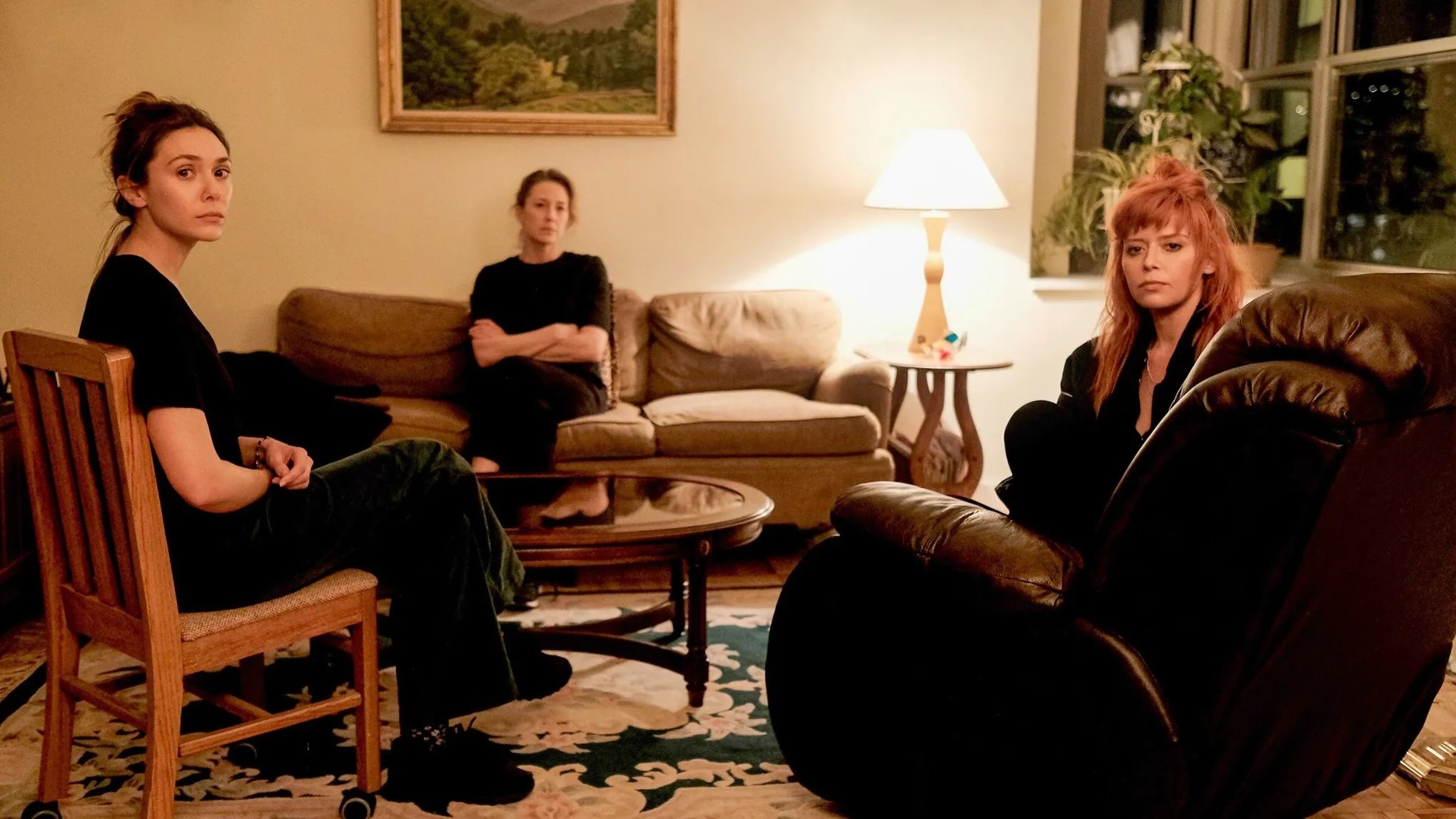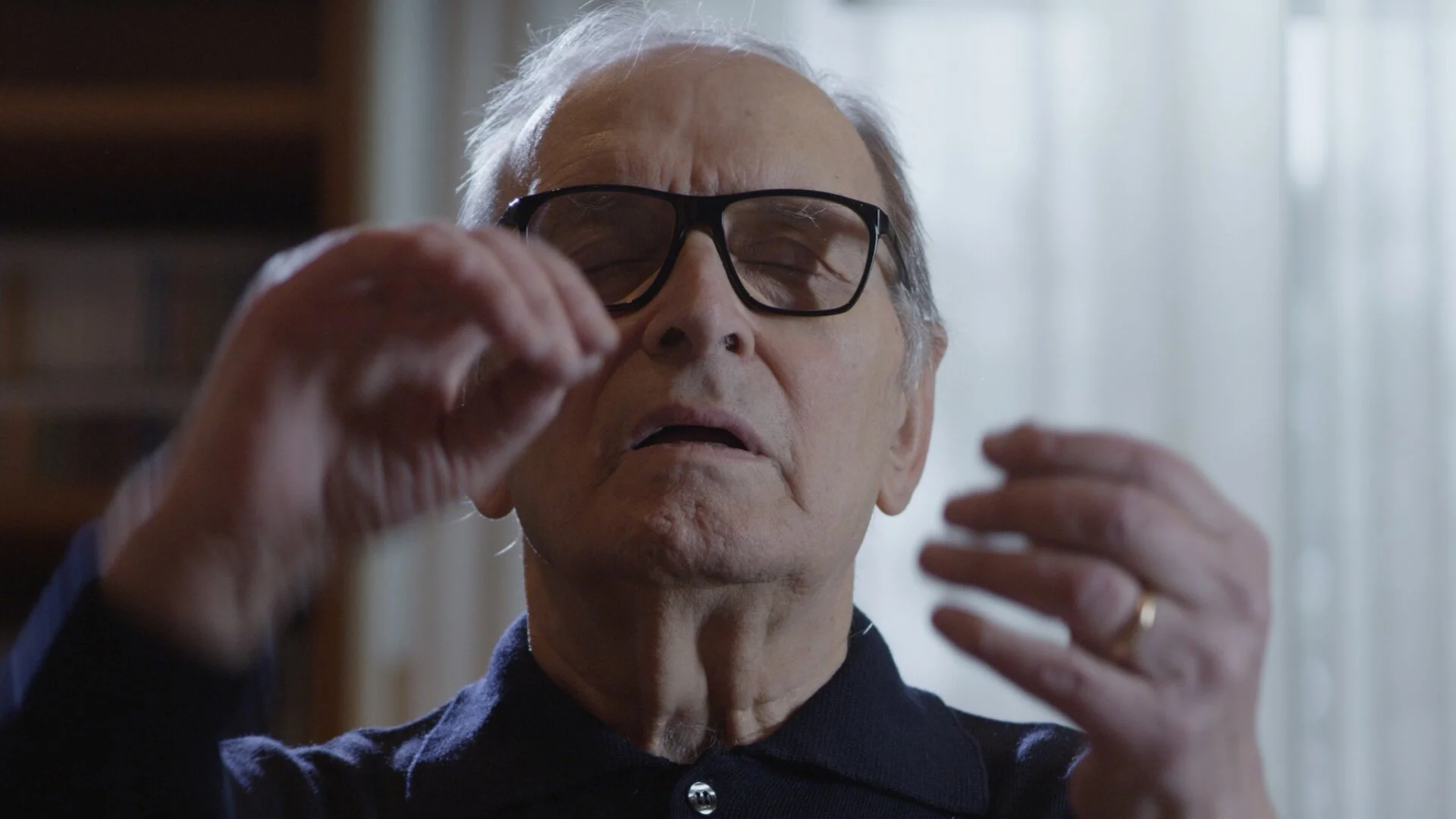I watched Saltburn. Because I watched Saltburn, I ended up getting into conversations with a number of friends about Saltburn. Because I ended up getting into conversations with a number of friends about Saltburn, I ended up getting into conversations with a number of friends about Promising Young Woman. Because I ended up getting into conversations with a number of friends about Promising Young Woman, I decided to revisit 2020’s most resilient cultural product.
Say what you will about the film, but Promising Young Woman has stuck around. I had a (pretty good!) date back in August where we spent probably half an hour talking about it. Most people have an opinion on it, and not of the “Oh, yeah, I saw it, it was good” variety. People have theses. They walk around ready to spout off, in one direction or the other, about Emerald Fennell’s directorial debut.
The first time I watched it, I didn’t think Promising Young Woman was very good. I’ve softened on it a bit with this rewatch, but my opinion remains mostly negative. Most of the characters sit in an uncomfortable space between caricature and fleshed out individual. I can’t tell what level of heightened we’re sitting in from how they’re portrayed, and I don’t think the movie knows either. It would benefit from either a firmer grounding in reality, or embracing outright its pulpier impulses. I vote for the latter, but that may not have been in the cards. Saltburn serves as Exhibit B in the case that Fennell isn’t particularly good at register.
I find it alienating that the characters speak and exhibit Fennell’s arguments so directly. Promising Young Woman isn’t a story that’s concerned with themes, it’s themes that tried to cobble themselves together into a story. These aren’t characters, they’re evidence. That is part of why the movie did so well with the audience who responded to it, everything is right there, but while I respect very much the degree to which people have found something to love in Promising Young Woman, it strikes me as a case of loving something for what it wants to be rather than for what it is.
Give me a movie that’s sublimated this movie’s arguments, and we’re talking. Having seen Saltburn, I’m not sure I think Fennell has that in her as a writer.
It’s not even that the film is so heavy-handed. With enough good intent and vision, I can work with that. It’s the combination of heavy-handedness and clumsiness. Cassie (Carey Mulligan) hinges her entire plan on the U.S. criminal justice system following through on her murder. What in the film would lead me to believe that she’d be inclined to do that? This is clearly a woman who doesn’t believe in the established powers that be. She confronts the dean of the school she used to attend about the fact that the school didn’t take her friend’s rape claims seriously. I don’t buy it, and it speaks to a lack of attention.
I spent most of my first viewing on shifting ground, moved by the intent of what I was watching while struggling with the results of that intent. The catastrophic failure for me, the moment we lost all cabin pressure, was Ryan’s (Bo Burnham) heel turn. Towards the end of the movie, as Cassie takes the final steps in the plan that will lead to her death, she discovers that Ryan was there on the night that her best friend was repeatedly raped.
Prior to this, Ryan has been the movie’s source of light. Texturally, he brings something different. The “Stars Are Blind” montage, when the two of them sing in a pharmacy, intercut with footage of their time together, remains the highlight of the film for me, because it is the only scene where I feel like anything opens up beyond the parameters of the essay Fennell is writing.
So now he’s a beast, the same as anyone else. He calls her a bitch. Okay. I don’t buy it. I’ve heard the argument that Ryan’s malignancy is there the whole time, and I specifically watched for the clues on second viewing, but I don’t buy it. Maybe the issue is Burnham’s performance, but I think it’s deeper than that.
Ryan’s turn changes Promising Young Woman into a movie in which all men are irredeemable. Yes, Alfred Molina’s lawyer exists, and he regrets all the hurt he’s caused women over the course of his career, but even he used to be what sounds like a cartoon monster. Burnham’s character serves as an antidote for much of the film, a charming and seemingly decent guy who tries to woo Cassie. She, as a result of her obsession and trauma, is mostly unreachable. That’s making an implied—and compelling—argument that the issues this movie is about effect everyone.
Cassie’s character is meant to be consumed by the past. She is meant to be lost, and disengaged from the world. The scene with Molly Shannon makes it explicitly textual that the film doesn’t want us thinking “Yas, queen, I love all this for you.” Ryan turning into a mustachioed villain makes her right! It removes the tragedy of her specific tragedy.
She’s no longer consumed by revenge to the point of missing out on life. There’s nothing to miss out on. So what if the university had taken her friend’s complaints seriously? At this point, it’s all evidently a lost cause anyway. And she might as well get caught up in revenge and die. In the world of this film, there truly is nothing else.
I think I’d mind it significantly less if all men in the movie were awful all the time, actually. There’s something specifically about Burnham’s turn from genuinely nice guy—there’s not even anything in the writing or performance to suggest he’s a Nice Guy™, which would also be more interesting—to mustachioed villain that just…I was disappointed. It flattens the movie’s emotional and philosophical worldviews to absurd degrees. The movie suddenly became uninteresting.
I don’t have a strong take on the end of the film, and Cassie’s death. I was deflated by the time that happened, both times I watched it. Saltburn is a movie that desperately wants to shock me, and I think the same impulse underwrites some of what’s going on in Promising Young Woman, but, again, I don’t have thoughts to dive into.
What I’ll give Promising Young Woman, even at my most uncharitable: it is clearly an impassioned, honest work that was trying to say something, and I respected that. If Promising Young Woman hadn’t been interesting, I wouldn’t have cared about Saltburn. Saltburn has more or less ensured that I won’t be seeing any of Fennell’s movies in the future.
There’s a moment in Promising Young Woman, right at the end, when Fennell remembers that movies can relate their themes without explicitly stating them. After Cassie dies, her body is burnt to hide the evidence. Ultimately, the police identify the remains, ensuring justice will be enacted this time, because they find her half of the friendship necklace she and her best friend used to wear. This, I thought, was a beautiful choice. When all of the world is against them, the only thing women can count on is each other.






